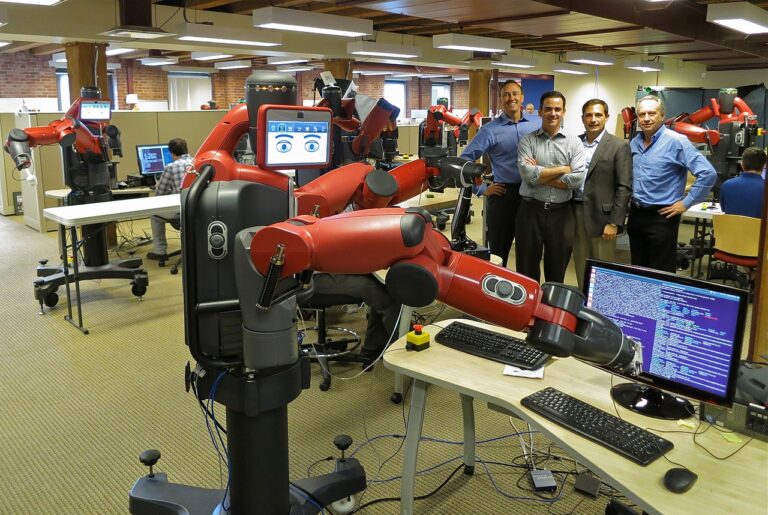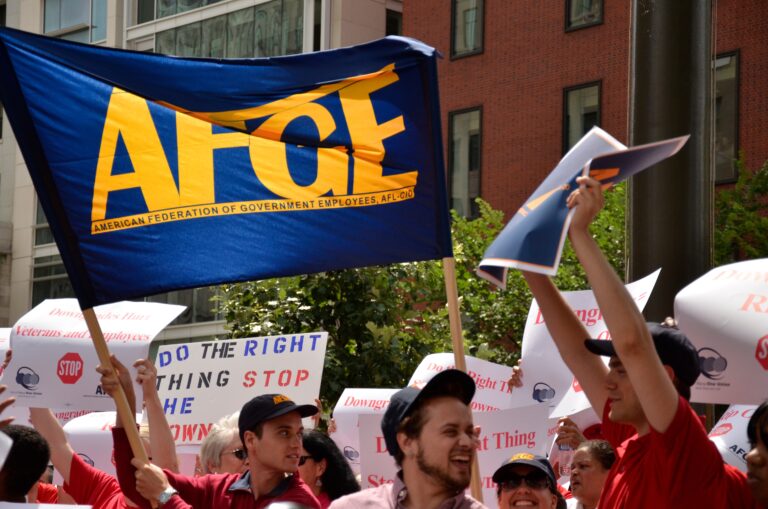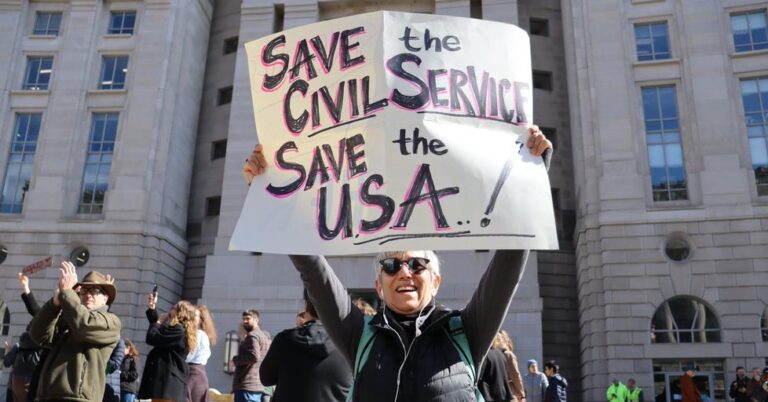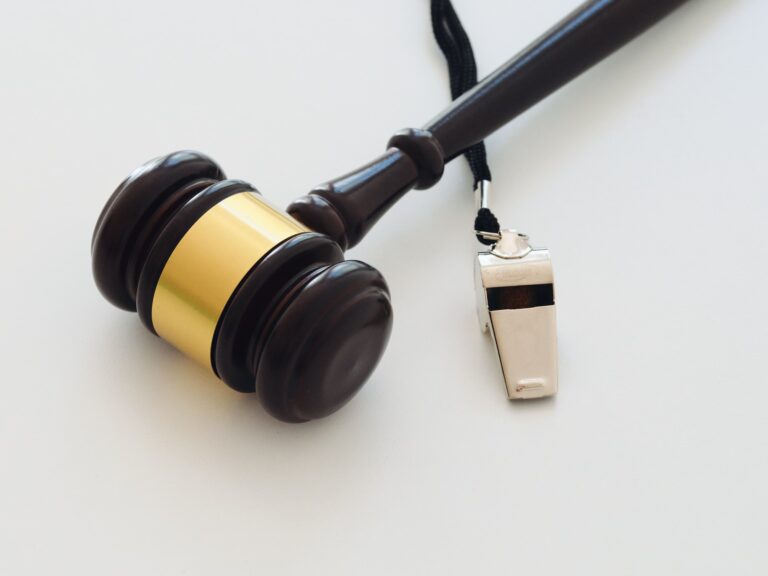
Benjamin Sachs is the Kestnbaum Professor of Labor and Industry at Harvard Law School and a leading expert in the field of labor law and labor relations. He is also faculty director of the Center for Labor and a Just Economy. Professor Sachs teaches courses in labor law, employment law, and law and social change, and his writing focuses on union organizing and unions in American politics. Prior to joining the Harvard faculty in 2008, Professor Sachs was the Joseph Goldstein Fellow at Yale Law School. From 2002-2006, he served as Assistant General Counsel of the Service Employees International Union (SEIU) in Washington, D.C. Professor Sachs graduated from Yale Law School in 1998, and served as a judicial law clerk to the Honorable Stephen Reinhardt of the United States Court of Appeals for the Ninth Circuit. His writing has appeared in the Harvard Law Review, the Yale Law Journal, the Columbia Law Review, the New York Times and elsewhere. Professor Sachs received the Yale Law School teaching award in 2007 and in 2013 received the Sacks-Freund Award for Teaching Excellence at Harvard Law School. He can be reached at [email protected].
As observers of U.S. labor law and industrial relations well know, the rule of striker replacements has had profound and devastating consequences for the right to strike and hence for the power of unions. In a nutshell, and ignoring some details, the rule of striker replacements is simple: employers have a right to permanently replace strikers. And the legal origins of the rule are also clear and simple: the rule derives from the Supreme Court’s 1938 decision in NLRB v. Mackay Radio & Telegraph Co.
Or so we have assumed for many, many years.
But Mark Kaltenbach, a third-year Harvard Law student and contributor to this blog, has just written a paper that sets out a critically important argument about the law of striker replacements. The full draft is absolutely worth reading and I recommend it to anyone interested in the present and future of the American labor movement. In essence, though, Mark argues that the Supreme Court’s actual rule on striker replacements is narrower and less devastating than the NLRB has interpreted it to be. The upshot is that the Board should now revisit this issue in order to establish a new striker replacement doctrine that is more faithful both to the Court’s precedent and to the statute itself.
Although hugely important, Mark’s argument is remarkably straightforward and, in my view, clearly correct. The paper shows that the Supreme Court has held that an employer does not commit an unfair labor practice when it hires permanent replacements for strikers “in an effort to carry on the business.” The rule constitutes the Court’s effort to ensure a balance between employees’ statutory rights and employers’ business interest in “operat[ing] [their] plant during a strike.” So, the Court interprets the Act as allowing employers to permanently replace strikers when doing so is necessary to maintain operations during a strike.
The NLRB, however, in its Hot Shoppes decision, holds that when an employer hires permanent replacements it need not show that it did so in order to preserve and carry on the business. Instead, the Board presumes such a lawful purpose in the absence of a showing – by the union – that some “independent unlawful purpose” exists.
The Board, that is, does not require that employers demonstrate the very thing that the Supreme Court holds is necessary for the legality of permanent replacements: that the permanent replacements are necessary to “carry on the business.” The Board’s rule, as Mark shows, is thus not required by the Supreme Court’s caselaw on this question. It is even more assuredly not required by the Act (even given the 1990s Congressional debate on replacements).
Finally, the paper does a great job of demonstrating that in the context of the contemporary labor market we ought not presume that hiring permanent replacements – as opposed to temporary ones – is necessary to allow a business to function during a strike. Mark points to the existence of the massive temporary employment industry as one compelling piece of evidence. If you need another, just try googling “strike replacements.” At least on my search engine, the first thing that comes up is a link to a corporation that provides “skilled temporary labor.” These features of the contemporary economy – in addition to the high turnover in many occupations and the increased fluidity of the job market generally – suggest that there are good policy reasons (in addition to the legal ones) for the NLRB to revisit this critical question.






Daily News & Commentary
Start your day with our roundup of the latest labor developments. See all
December 7
Philadelphia transit workers indicate that a strike is imminent; a federal judge temporarily blocks State Department layoffs; and Virginia lawmakers consider legislation to repeal the state’s “right to work” law.
December 5
Netflix set to acquire Warner Bros., Gen Z men are the most pro-union generation in history, and lawmakers introduce the “No Robot Bosses Act.”
December 4
Unionized journalists win arbitration concerning AI, Starbucks challenges two NLRB rulings in the Fifth Circuit, and Philadelphia transit workers resume contract negotiations.
December 3
The Trump administration seeks to appeal a federal judge’s order that protects the CBAs of employees within the federal workforce; the U.S. Department of Labor launches an initiative to investigate violations of the H-1B visa program; and a union files a petition to form a bargaining unit for employees at the Met.
December 2
Fourth Circuit rejects broad reading of NLRA’s managerial exception; OPM cancels reduced tuition program for federal employees; Starbucks will pay $39 million for violating New York City’s Fair Workweek law; Mamdani and Sanders join striking baristas outside a Brooklyn Starbucks.
December 1
California farmworkers defend state labor law, cities consider requiring companies to hire delivery drivers, Supreme Court takes FAA last-mile drivers case.